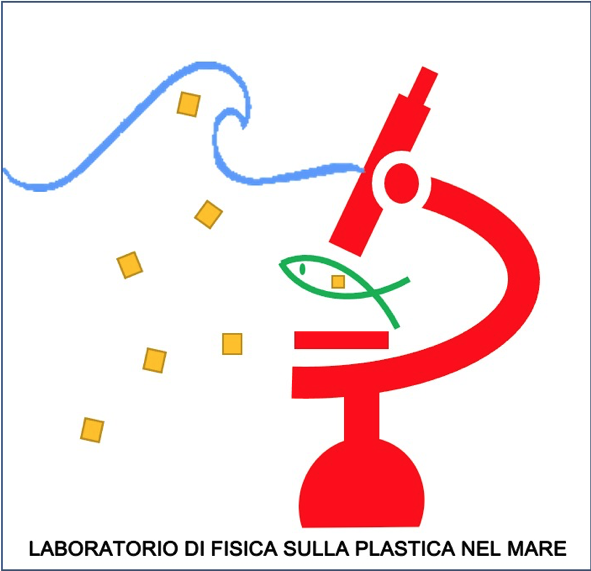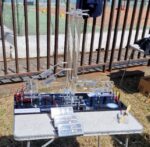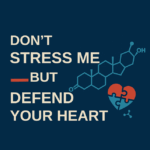Plastic is often dispersed in the sea, where it degrades into microplastics, with a huge impact on marine flora and fauna. In our physics laboratory we will present the latest spectroscopic techniques for the identification of microplastics and we will perform demonstrative activities for different age groups. Children (6-10 years) will learn to differentiate plastics found in everyday objects on the basis of their density; young students (11-15 years old) will observe – under an optical microscope- the microplastics found in the digestive tract of some fishes and those extracted on site from cosmetic products; adults (16+) will reproduce an experiment for the removal of microplastic from water samples using magnets and iron-fluids.
Calendar
July 2025
Jul 10 2025
Mind the Lab
Serres
September 2025
Sep 26 2025
Let’s look for the tax legality
Università degli Studi di Messina
Sep 26 2025
Bringing viewers closer to the biodiversity found in the ocean depths, using laboratory material, QR codes and surveys
Università degli Studi di Messina
Sep 26 2025
Energy from the Sun… with an Artificial Leaf! How chemistry helps turn CO₂ and water into clean fuels by imitating nature
Università degli Studi di Messina
Sep 26 2025
Heart under pressure: taking on stress!
Università degli Studi di Messina
No event found!






